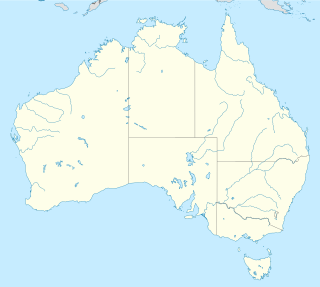 W
WAn urban area, or built-up area, is a human settlement with a high population density and infrastructure of built environment. Urban areas are created through urbanization and are categorized by urban morphology as cities, towns, conurbations or suburbs. In urbanism, the term contrasts to rural areas such as villages and hamlets; in urban sociology or urban anthropology it contrasts with natural environment. The creation of early predecessors of urban areas during the urban revolution led to the creation of human civilization with modern urban planning, which along with other human activities such as exploitation of natural resources led to a human impact on the environment. "Agglomeration effects" are in the list of the main consequences of increased rates of firm creation since. This is due to conditions created by a greater level of industrial activity in a given region. However, a favorable environment for human capital development would also be generated simultaneously.
 W
WThis list of Australian cities by population provides rankings of Australian cities and towns according to various systems defined by the Australian Bureau of Statistics. The eight Greater Capital City Statistical Areas are listed for the state and territory capital cities. All Significant Urban Areas, representing urban agglomerations of over 10,000 population, are listed next. The fifty largest Urban Centres are ranked, and lastly the fifty largest Local Government Areas, the units of local government below the states and territories, are also ranked.
 W
WAn aire urbaine is an INSEE statistical concept describing a core of urban development and the extent of its commuter activity.
 W
WA metropolis is a large city or conurbation which is a significant economic, political, and cultural center for a country or region, and an important hub for regional or international connections, commerce, and communications. The term is Ancient Greek (μητρόπολις) and means the "mother city" of a colony, that is, the city which sent out settlers. This was later generalized to a city regarded as a center of a specified activity, or any large, important city in a nation.
 W
WSha Tin, also spelt Shatin, is a satellite town along Shing Mun River in Sha Tin District of East New Territories, Hong Kong. Administratively, it is part of the Sha Tin District. It is one of Hong Kong's most prominent examples of new town developments in the 1970s. Together with its satellite town Ma On Shan, Shatin is the most populous city in the New Territories, with a 2011 population census of 630,273 within an area of 35.87 km2 (13.85 sq mi). Situated in the southern half of New Territories East below Tolo Harbour, it is the principal city of Sha Tin District, which is the second most populous district of the territory.
 W
WThe Thessaloniki urban area is the contiguous densely built-up urban area around the municipality of Thessaloniki, Greece, which is the second largest municipality by population in the country behind Athens. In the 2011 Greek census, the municipalities of the urban area had a combined population of 790,824 inhabitants, while their combined land area was 111.703 km².
 W
WIn France, an urban unit is a statistical area defined by INSEE, the French national statistics office, for the measurement of contiguously built-up areas. According to the INSEE definition, an "unité urbaine" is a commune alone or a grouping of communes which: a) form a single unbroken spread of urban development, with no distance between habitations greater than 200 m and b) have all together a population greater than 2,000 inhabitants. Communes not belonging to an unité urbaine are considered rural.